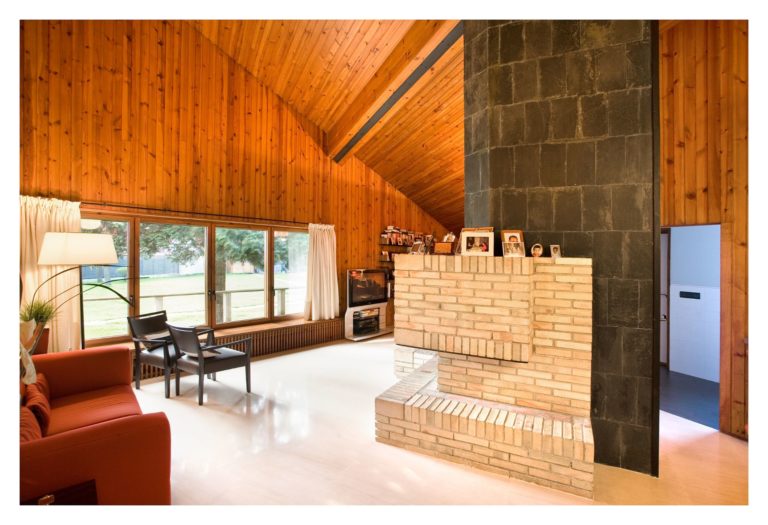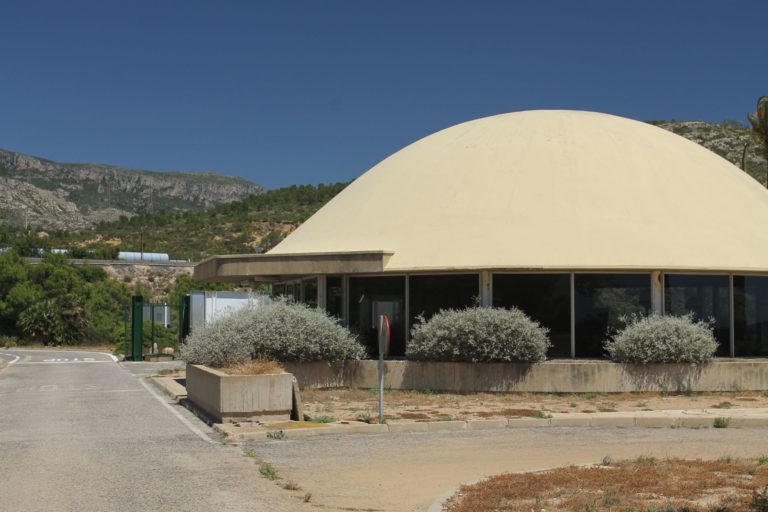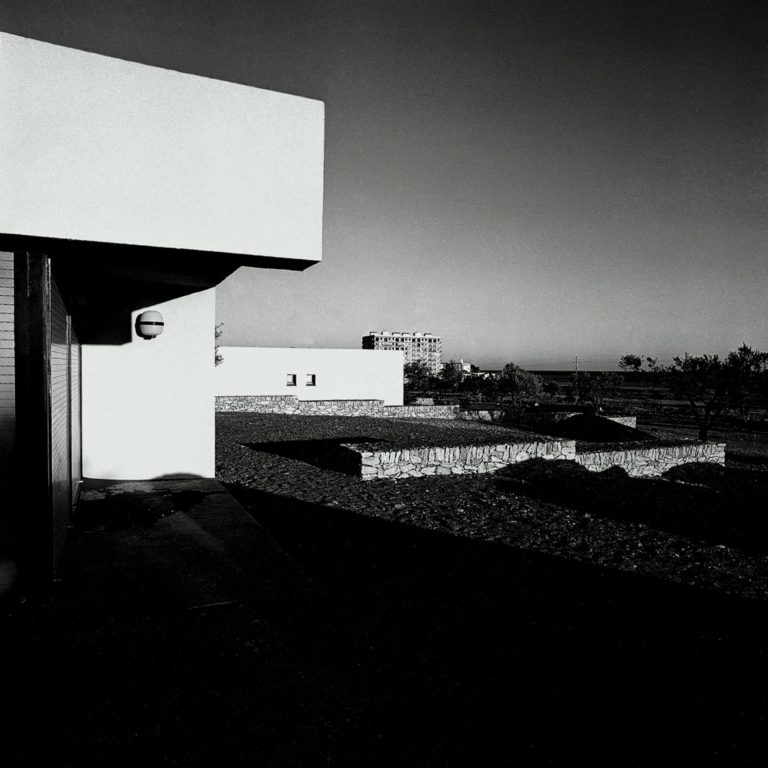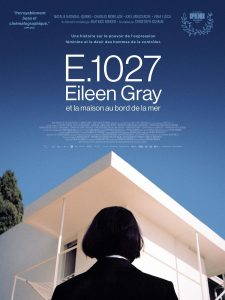Abstract
Juan O’Gorman was one of lhe most inftuential architects of the last century in Mexico. His architecture and his pictorial work have hada big influence to date and have left a trace in the panorama of Mexican contemporary art. The following paper entilled Casa O’Gorman,habitando la cueva, is based on a research study and analysis of the last work of Juan O’Gorman:The house in the a11enue San Jerónimo 162 in Mexico City. Unfortunately,the visual artist Halen Escobado destroyed lhis house in !he year 1969. This house, buillon a cave, used the undulations and cavities of the volcanic land left by the last eruption of the Xille volcano more than one thousand and slx hundred years ago. This habitable cave, which was according to O’Gorman words also his laboralory,has left with its loss an empty space in the historical heritage of the Mexican contemporary architecture . The remaining rests of this work are a barely recognisable figure of what was an experiment of organic architecture. Colourful murals and drawings referring to the pre-Hispanic culture and the history of its inhabitants remain probably under the plaster, which covers some walls and roofs. This paper is divided in three parts: The first part describes an approach to the author’s person, his work as an architect and his words. The second part entitled “Dos lugares” is an analysis of two of his works that dueto their influence in time and space influenced the concept and the construction of the house in the Sant Jerónimo Avenue. The third part “De la casa a la cueva” is a graphic reconstruction of the mentioned house using the few available information about it and the often inconsistent finds in several publications. For this purpose photographs, texts ,testimonials and existen! plans of the house were compiled,archived and classlfied in order to draw up a new material that describes the work as precisely as possible. The most significant contribution of this paper is the representation of the existent damage, the redrawing of the lnterweaved figures, the colourful animal mosaics and the undulations of the volcanic rock due to the fact that no plans have been found so far that reflect this information. This study aims also for a reftection addressed to the future generations about the conversation and study of works that belong to the historical memory of Mexico. 1. Casa O’Gorman, living in a cave 2. Two places 3. From the house to the cave
Access the thesis











